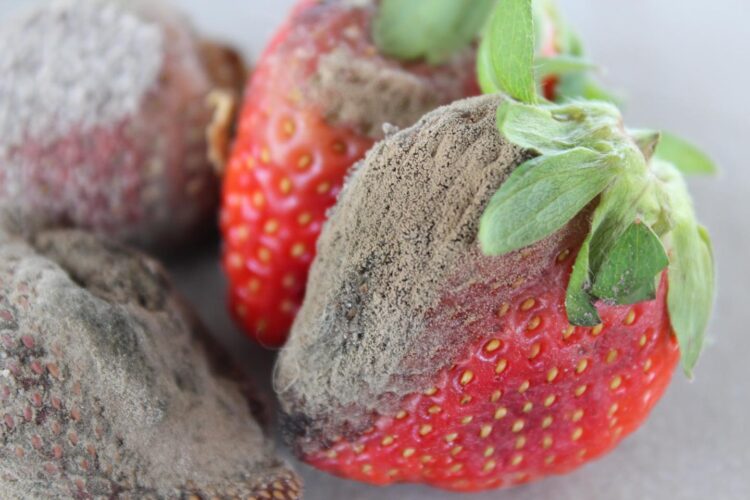Findings explain how plants use RNA to defend against fungal invaders

Credit: Nicole Ward Gauthier/University of Kentucky
New research reveals an essential step in scientists’ quest to create targeted, more eco-friendly fungicides that protect food crops.
Scientists have known for decades that biological cells manufacture tiny, round structures called extracellular vesicles. However, their pivotal roles in communication between invading microorganisms and their hosts were recognized only recently.
UC Riverside geneticist Hailing Jin and her team found plants use these vesicles to launch RNA molecules at fungal invaders, suppressing the genes that make the fungi dangerous.
“These vesicles shuttle small RNAs between cells, like tiny Trojan horses with weapons hidden inside,” said Jin, a professor of genetics and the Cy Mouradick Chair in the Department of Plant Pathology and Microbiology. “They can silence pathogenic fungal gene expression.”
Using extracellular vesicles and small RNAs has several advantages over conventional fungicides. They’re more eco-friendly because they are similar to naturally occurring products. Eventually, they degrade and do not leave toxic residues in the soil. Also, Jin explained, this method of fighting fungi is less likely to breed drug-resistant pathogens.
A sticking point for scientists in creating these fungicides has been figuring out how to load their desired small RNAs into the vesicles.
“We’ve wondered how these weaponized small RNAs get into the bubbles,” Jin said. “Now, we think we have an answer.”
Her laboratory has identified several proteins that serve as binding agents, helping to select and load small RNAs into the vesicles. The lab’s research is detailed in a new Nature Plants journal article.
The Jin laboratory has been working for several years on the development of gene-silencing RNA fungicides. Work toward this goal led to the team’s landmark discovery in 2013 that gene-silencing RNA messages can be sent from the fungal pathogen to the plant host to suppress host immunity. Later, the team learned small RNAs can move both ways — from plants into pathogenic invader cells as well.
In 2018, the team worked out that extracellular vesicles were the major delivery system for these small RNAs. They observed that Arabidopsis plants secrete extracellular vesicles into Botrytis cinerea, a fungus that causes grey mold disease and destroys millions of crops every year.
“This was the first example of a host using these vesicles to deliver small RNAs to another organism,” Jin said. “Previously we saw movement of RNA, but didn’t know how the small RNA are selected and transported.”
Now, she and her colleagues have identified several RNA-binding proteins in Arabidopsis that bind to specific small RNA molecules and load them into extracellular vesicles. This suggests the proteins play an important role in loading and stabilizing small RNAs in the vesicles. The finding can help increase the payload of gene-silencing RNAs that make it into vesicles and enhance the efficiency of disease control.
Some scientists have taken inspiration from the RNA communication in plant vesicles to design human therapies. For example, some are attempting to load anti-cancer RNAs and drugs into extracellular vesicles in fruits or vegetables, so people can eat or drink them. Jin is hopeful that her lab’s discovery can aid these efforts.
###
Media Contact
Jules Bernstein
[email protected]
Original Source
https:/
Related Journal Article
http://dx.





